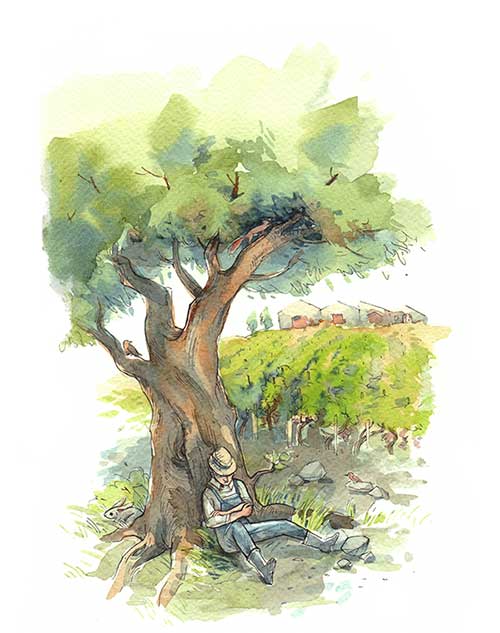
Located on one of the hills of Saint-Émilion's village, Haut-Veyrac benefits from an exceptional setting and terroir, which the team intends to protect: for several years, many measures have been tested and / or implemented at the Château to limit its impact on nature.
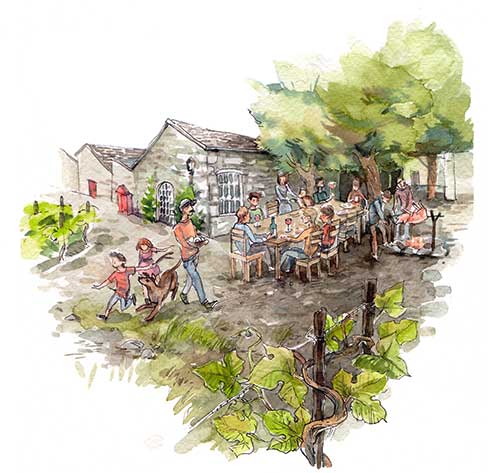
Château Haut Veyrac is above all a family story: for generations this property has been passed down from father to son, but above all the passion for growing vines.
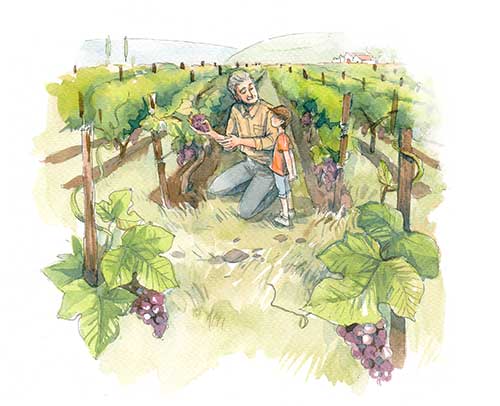
The pleasure of teaching for some and learning for others: the transmission of know-how and knowledge of vine cultivation is one of the pillars of the history of Haut Veyrac.
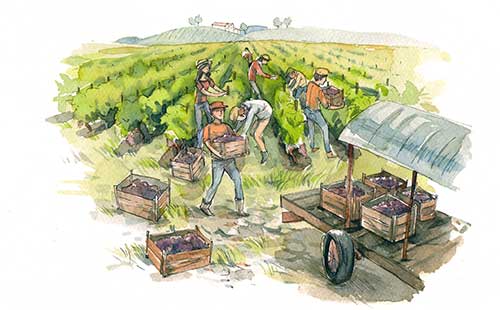
At Haut Veyrac, work means both passion
and also respect: respect for nature,
respect for humans, respect for the work
of our elders.
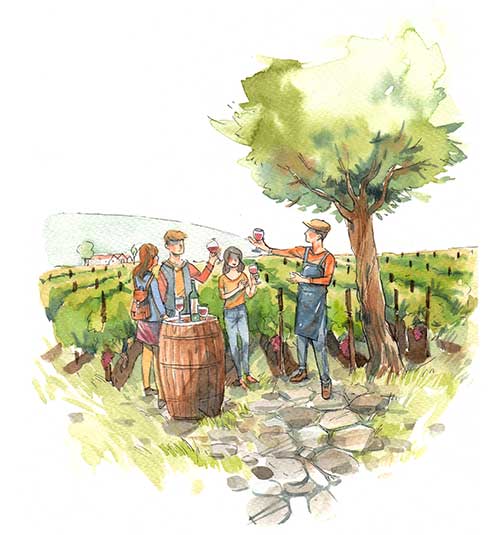
The team works every day not for money and glory, but above all to offer you the opportunity to get together around a good bottle. Initiating exchanges and sharing has always been our priority.
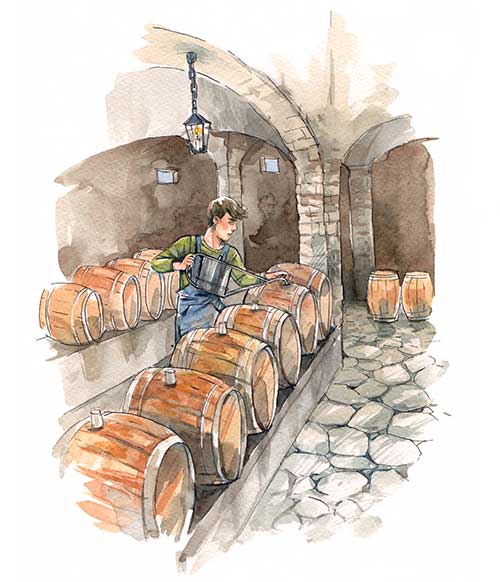
A vineyard is not built in two weeks, it is shaped over time. Besides, don't we say that the vine gives its full expression after 40 years?

